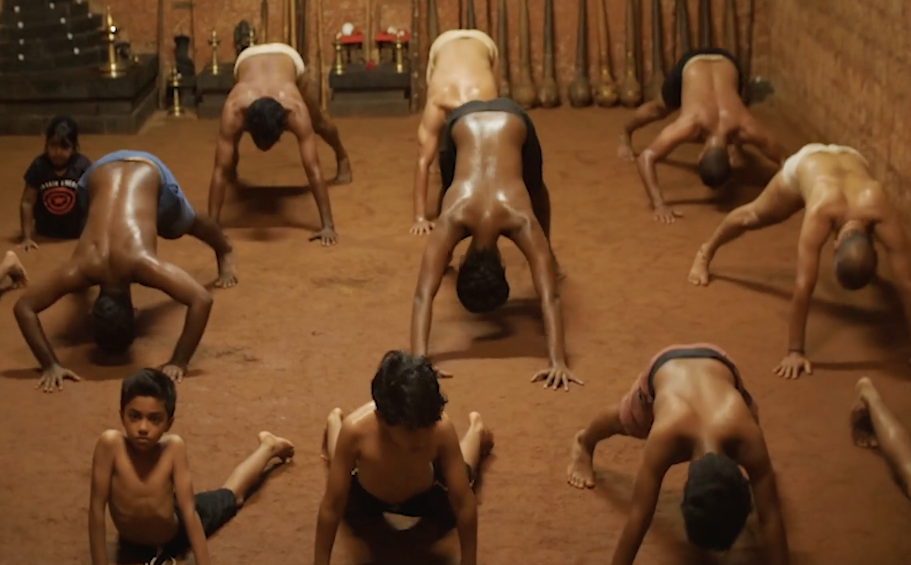The Time of AshesBefore release
He lay in the ashes and ate embers for so long that his guardian finally sent him on a quest. Then he became a warrior.
Initiation rituals have a tradition across the world that predates memory itself; for Indigenous tribes they are — and always were — as essential as the celebration of birth or marriage. In India, there is a Hindu rite called Upanayana, in which a young boy or adolescent parts ways with his parents. Indians call this process “the second birth.”
In modern society, such rituals are missing — or perhaps transformed into the structures of educational systems, with their entrance and graduation ceremonies, certificates, and diplomas. Yet true “fathers” and original spiritual guides are often absent. Instincts, however, lead an awakening man unfailingly toward the need for such rebirth — sometimes in a very wild form.
The starting point of this film essay is closely connected to the fairy tale (and study) Iron John. But its reflection unfolds against the backdrop of today’s world. It is composed of authentic scenes of male communities and brotherhoods of various ages, landscapes rushing past train windows, the observation of young desperate men unsure of where to turn — contrasted with images of breathtaking Indian schools. We visit one of them. The day begins at four in the morning by heating water for bathing, followed — at first light — by meditation and the first syllables of the Vedas, which are then repeated mantra-like for the rest of the day by half-drowsy students.
Not only they, but also the traveler through whose eyes we perceive this world, remain suspended between dreaming and waking; his recurring dream of a father he believed to be dead echoes mantra-like through every situation.
What is this destiny that leaves us alone — without fathers, without certainty, without answers?
After the golden age of childhood comes the “time of ashes”: the man sets off into the unknown and experiences pain. Solitude, fear. He retreats from the outside world into a place beyond time — a non-place. It is a cave with no bottom, full of bats and slippery recesses. When the flame is lit, blood appears on his body.
If the man survives this stage, he discovers a skylight in the cave. He finds his song and sings it to the rays of light. Beside him appears a girl who sings with him. Perhaps.
The entire film is set in India, where the author has spent many months on repeated journeys. Life there reveals, to a great extent, a deeper bareness of the everyday and the mythical, the concrete and the symbolic, tradition and the modern present — allowing the film’s images to penetrate more intensely into a theme that is universal.
Czech Republic, 2025 — 70 min
—
Credits
Director, Cinematography, Editing: Jiří Holba
Sound: Jan Mesány
Runtime: 70 minutes
Czech Republic, 2025
